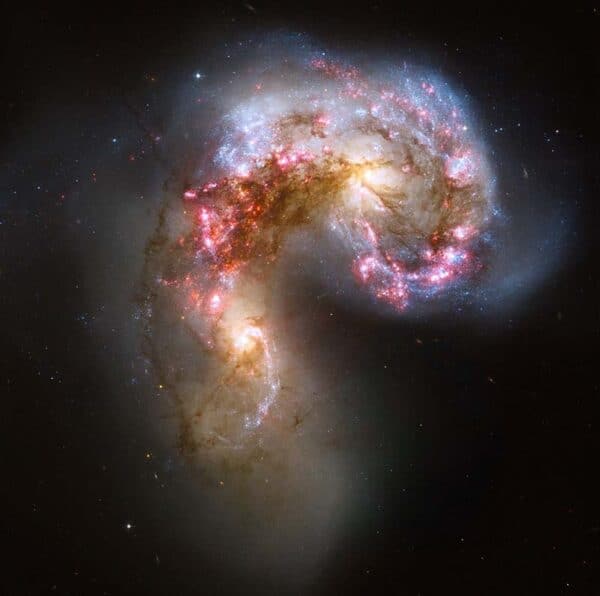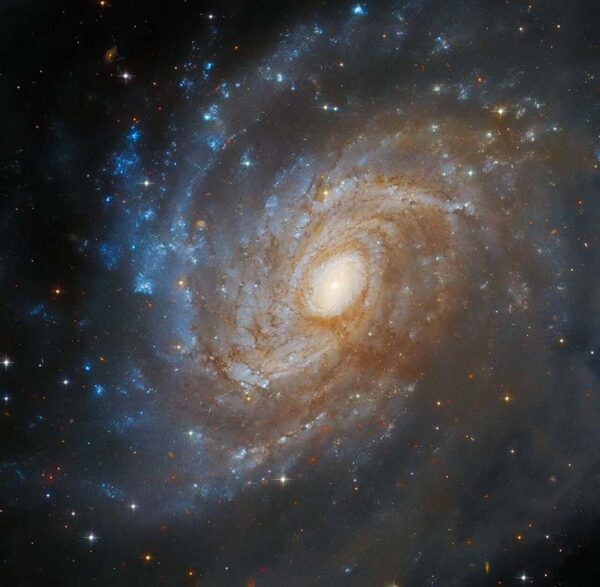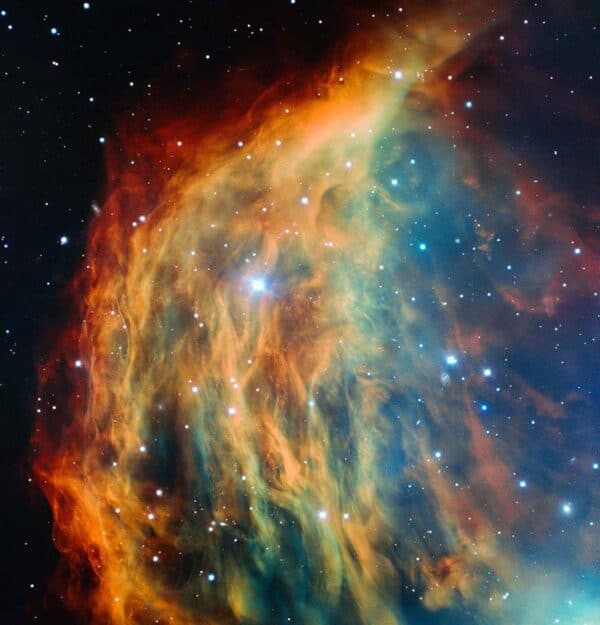Celestial Antiquity
mick laBriola presents an exhilarating journey into the known celestial objects in our universe and beyond. Whether Nebulas, Galaxies, Pulsars, Quasars, Stars, Comets, Asteroids or Black Holes; the details of what we call outer space is a vast realm of fascination to all human beings of any age, gender or disposition. What our science perceives as Our Universe continues to unravel almost daily, through the development of technology and the instruments that we implement to open new horizons of possibilities of what we observe and conceive of as the universe. Such as the recent James Webb Space Telescope, a space telescope currently conducting infrared astronomy. As the largest optical telescope in space, it is equipped with high-resolution and high-sensitivity instruments, allowing it to view objects too old, distant, or faint for the Hubble Space Telescope.
mick demonstrates some of the dazzling beauty of celestial objects and some of the incredible details of these heavenly bodies with the accentuation and art of Live Music accompanying the display of pictures and images from space, along with brief verbal descriptions. mick implements two musical options for this display of images. One is an Electronic Keyboard accompaniment of Sci-Fi compositions by Vangelis, Brian Eno, Hans Zimmer, Jerry Goldsmith, Mica Levi etc. And the second option is one of a Classical Impressionistic music background often including compositions by Debussy, Satie, Ravel, Saint Saens etc. The Classical presentation typically ranges from a soloist, duo, trio to a full Classical String Quartet. And any of the music can vary in instrumentation for each presentation.
Music guides the audience through a magical juxtaposition of images and sounds that will Capture and stimulate all attendees.
Celestial Antiquity
mick laBriola
A Musical Journey Through The Stars


